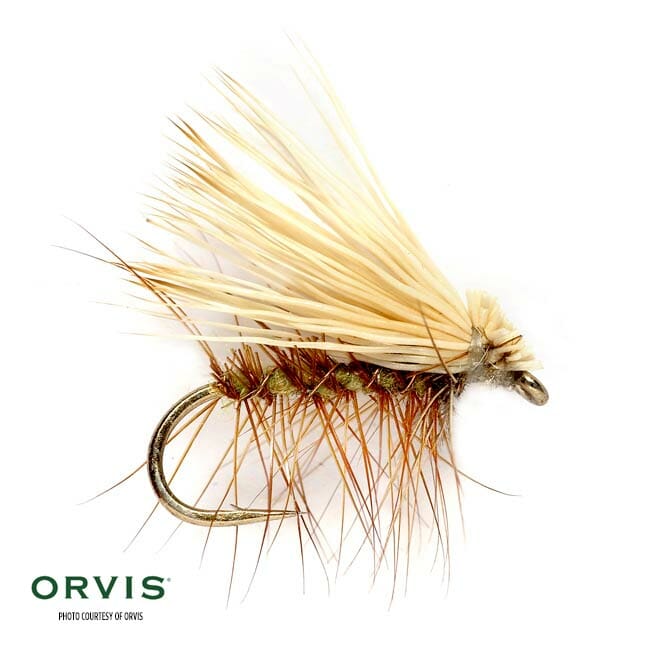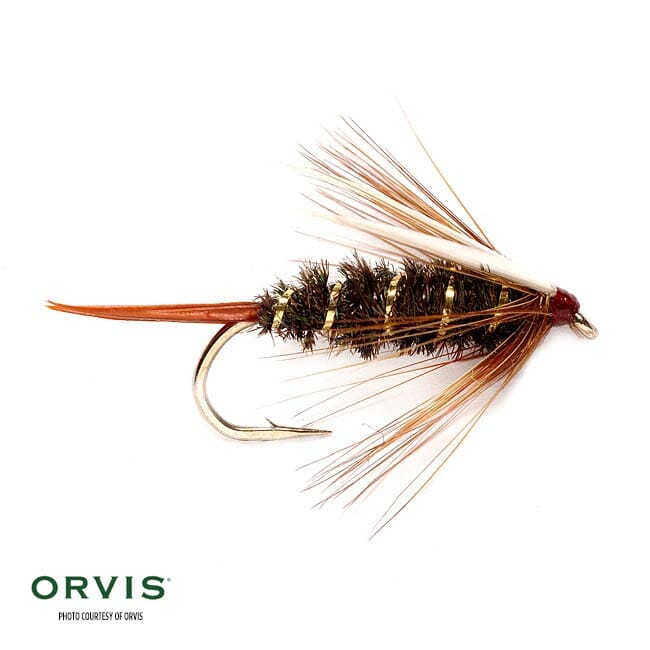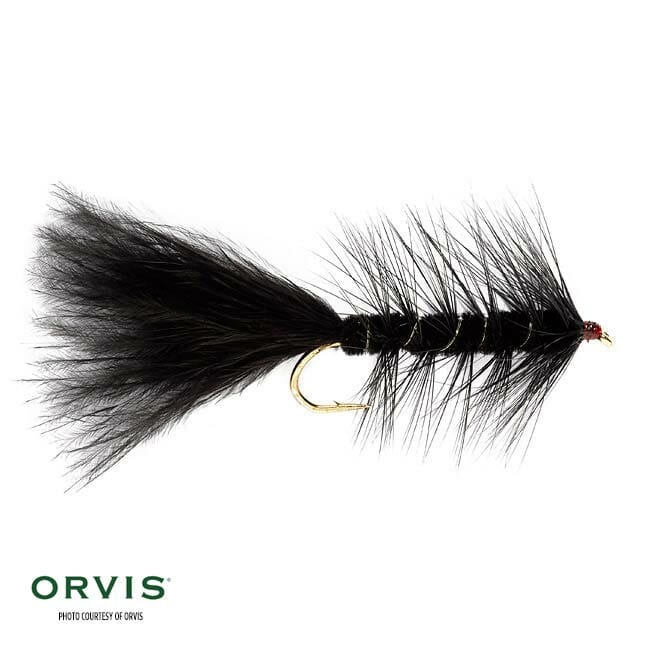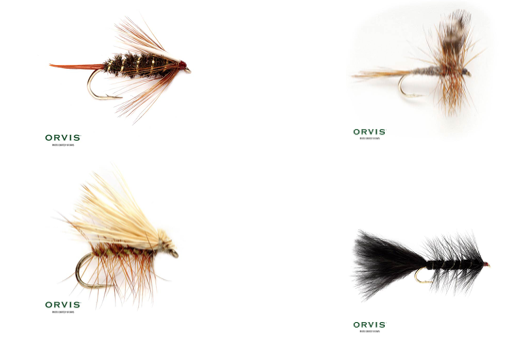The first-ever TU-Loon Outdoors Spring Fly Showdown comes down to four much-loved fly patterns that likely have homes in fly boxes all over the world. Two classic dry-fly patterns, an old-school, yet still-beloved nymph and likely the best streamer pattern ever tied.
Game 1: Elk-hair caddis vs. Prince Nymph
Like a lot of classic fly patterns, the Elk-hair Caddis was born among the great trout waters of Pennsylvania. First tied by Al Troth in 1957, the Elk-hair caddis remains a fly-box staple to this day.

Tied to imitate a specific bug during its adult stage, this pattern has been altered and re-altered many times, but the elk hair has largely remained a “requirement” when crafting this fly at the vise. Later variations have been tied to include a nymphal “shuck” to make the fly imitate an emerging adult stuck in the surface film, and other tiers and customized the fly’s colors to imitate hatches on their home waters. Regardless, for a caddis hatch, the Elk-hair Caddis imitation is a go-to pattern for most angler who enjoy dry-fly fishing for consistently rising trout.
The Prince Nymph might be a nymph angler’s answer to the Royal Wulff. Tied with peacock herl and weight, this fly, depending on its size, can imitate lots of different subsurface insects, but doesn’t accurately represent any single aquatic insect specifically.

Tied in small sizes—sizes 16-20—the Prince might share a reasonable profile with small mayflies (like a Blue-winged Olive). Tied a big bigger, it’s a good caddis nymph imitation. Still bigger, in sizes 8-12, it’s a stonefly nymph in the eyes of many anglers. I’ve used big versions—size 6-8—to catch steelhead in Idaho’s Salmon River.
The fly was first tied by its namesake, Doug Prince, in the 1930s, making it one of many patterns that have passed the test of time. Today, most Prince Nymphs are tied not only with wire for weight (lead-free, please!), but also with brass or tungsten beads for a head. These flies are fished at or near the bottom, and there’s a reason they’ve been around so long.
They work.
Game 2: The Adams vs. the Woolly Bugger
The Adams, crafted on the banks of the Boardman River in Michigan in 1922 as a general mayfly imitation, remains a staple in dry-fly boxes to this day, simply because it gives trout a more-than-reasonable impression of any number of mayflies. Tied in smaller sizes, like a size 18 or 20, the Adams is a good pattern during a fall or spring Blue-winged Olive hatch. In bigger sizes, all the way down to a size 8, it can imitate anything from a Green Drake, a March Brown or even a Michigan Hex.

It is perhaps the most important dry fly ever tied, and you’d be hard-pressed to find a fly box that doesn’t have at least a few of these flies tucked inside.
The Woolly Bugger is perhaps the most versatile fly ever crafted. It’s roots are a little murky, although many believe it was first tied in Pennsylvania to represent a hellgrammite (a stonefly nymph) in the late 1960s. Honestly, it’s origins are unimportant. What makes the ‘Bugger such a great fly is its ability to mimic so many different food sources, depending on its density and its color.

For hard-core streamer anglers, the ‘Bugger is often tied with weight and bounced along the bottom, where it might be seen by trout as a leech, a crawfish or even a sculpin. For others, the ‘Bugger, tied in lighter colors, is a great baitfish imitation.
And, of course, it’s likely the easiest fly to tie, making it an excellent fly for beginners.



